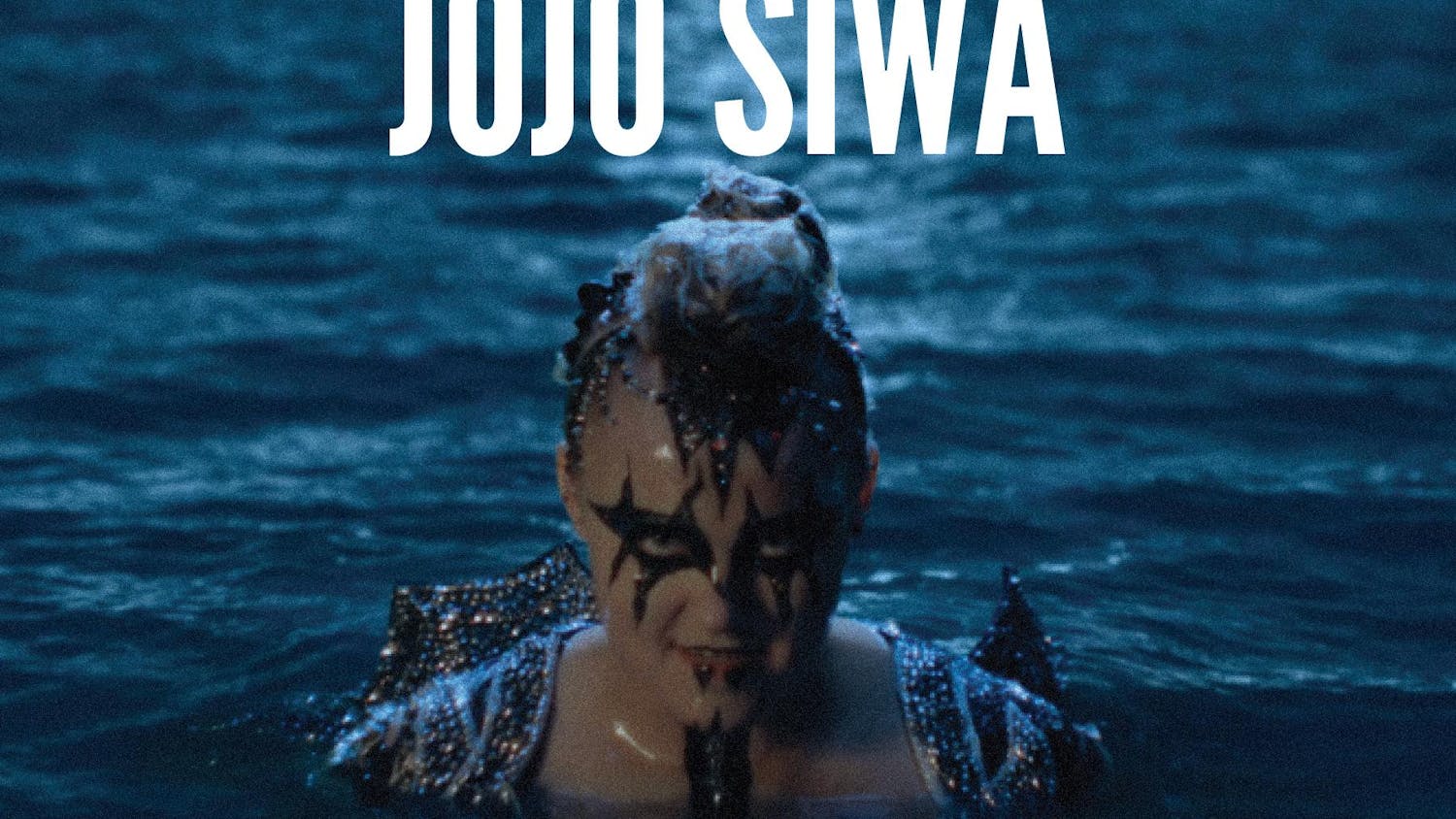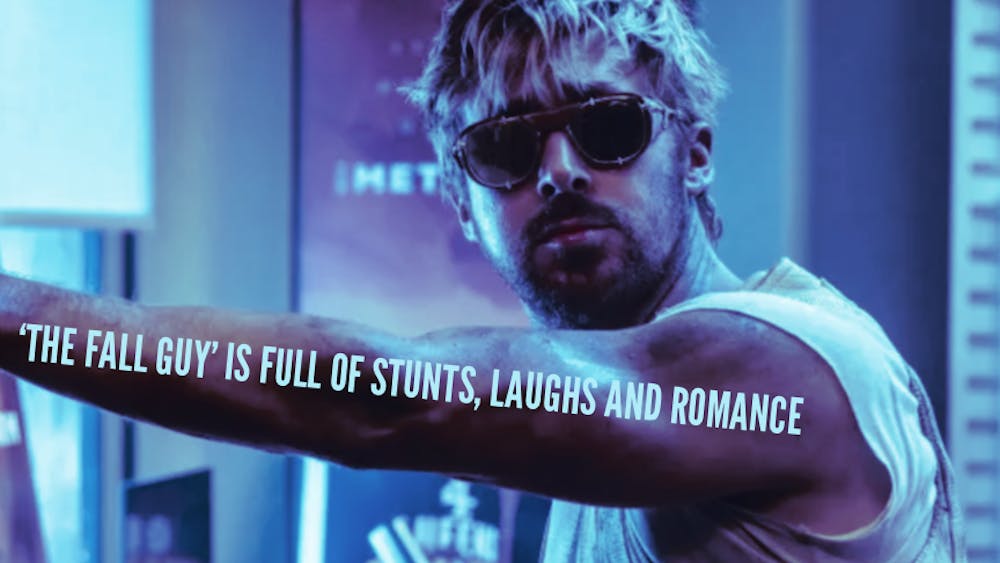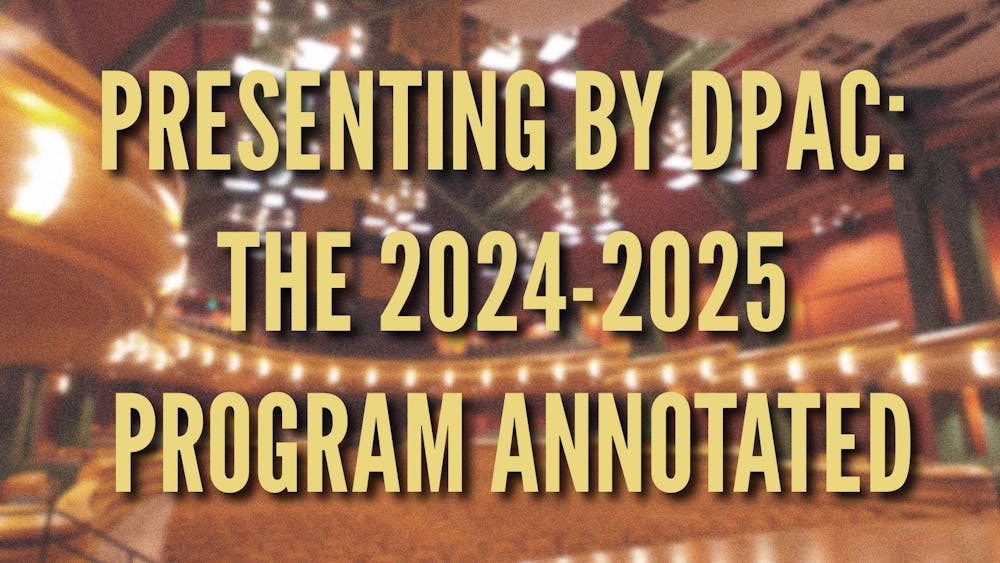OK Go is coming back to campus Oct. 9 at Legends, this time to play for Notre Dame students after playing with them. In 2004 they played at Legends as an up-and-coming band and in 2007, OK Go headlined "The Show" with Lupe Fiasco.
Last fall, the band visited campus to film its characteristic one-take video with the Notre Dame Marching Band for the single "This Too Shall Pass." According to Aaron Perri, manager of Legends Nightclub, OK Go will be playing with the marching band at half time for the Pittsburgh game, too.

OK Go is anything but your typical pop rock band. While its creative energy takes foundation in its music, the forms of artistic expression jettison into unconventional emotional and political spheres. Their projects include collaborative albums benefiting the restoration of New Orleans musicians displaced by Hurricane Katrina, as well as music videos involving dancing on treadmills, getting blasted with paint in a gigantic Rube Goldberg machine and stop-motion animation. Their latest music video features trained puppies dancing with the band in a snappy, mesmerizing fashion.
Bassist and vocalist Tim Nordwind spoke with The Observer about the band's style of making music and how Ok Go's work celebrates life.
How did OK Go get started?
We met at a summer camp in northern Michigan and really bonded over music. So after college we all decided to meet up in Chicago, where a lot of us were going to school, and we started OK Go. We all have an interest in music videos or art projects in the pursuit of making things to create really cool reactions in the world. That's what we've been doing ever since: touring and making records and videos and a lot of things you wouldn't expect, one of which would be performing our music video with the Notre Dame Marching Band. That's what makes getting out of bed in the morning exciting for us, living our wildest and craziest dreams.

Would you say your artistic inspiration is more musical or visual?
I would say it's an emotional one. Our inspiration comes from our experiences that make us feel something, and we want to share that feeling with people. That being said, a lot of our work is anchored in the records that we make. Our projects wouldn't exist without the music. We probably wouldn't be together if we hadn't formed in the context of a band first.
But, we really are obsessed with making things in general. We don't think it's limited to the music. If we had to just be a band, just recording music and playing shows, I don't know if it would be enough for us. We're interested in so many different things in the context of music.
The last time you played at Notre Dame you played at the Joyce Center, a much bigger venue than Legends. Which size of venue do you prefer?
I think somewhere between 1,000 and 5,000 people, but small enough that you can see everyone's face and have a connection. The smaller, the more intimate feel — I enjoy that. We've played bigger shows, and it's its own kind of fun, but it's a much different experience than when you can see everyone.
How has your music matured with your latest album, "Of the Blue Colour of the Sky?"
It's a lot dancier, a lot groovier and it's also a bit more introspective and melancholic than our first two records. It celebrates joy and pain all at the same time. It was a very reflective process for us.
We started with a much more primitive song writing process: making beats, putting sonic information over beats, and if that made us still feel something, we kept going until we had something that felt emotional. And because songs started from a rhythmic foundation, the record sounds much dancier, like Prince, "Purple Rain" or something. It was a much more intense writing process. Dave Fridmann, the producer of the record, brought a three-dimensional sound to the recording process, which resulted in a very different soundtrack.
You did some benefit tracks for NOLA recovery. What is your connection to the city?
We do a lot of political works with the Future of Music Coalition. They do a lot of work in New Orleans and deal with issues in the music world that intersect with the political world.
We thought, "Why don't we help raise money to bring displaced musicians back home so they can play again?" We helped Al Johnson — the Godfather of Soul in New Orleans. We were able to get him a house back in the city. We did a bunch of covers with this amazing brass band Bonerama as well.
Can you say anything about making your latest music video for "White Knuckles"?
It was a really, really fun experience to spend that much time with that group of dogs and the dog trainers. We made real friends not only with the humans but also with the dogs.
I'm super proud of that video, and I don't normally say this, but it might be my favorite of the ones we've done so far. Playing with dogs for a few weeks — that's pretty awesome. It's getting an amazing response in the last 24 hours, so I'm psyched about it. I think everyone truly had a good time on the set.
Do you incorporate the theatrical quality of your music videos into your live shows, or are they more spontaneous?
I think there's more spontaneity in the live show. The main thing we're trying to do is connect all sorts of different emotional levels. At first, we only wanted live shows to be frenetic and high energy. Playing a show that is multi-dimensional has become important to us. We want to connect with the audience and be on the same wavelength with them.
If the question is how do our videos inspire the live show, I think everything we do shares the same spirit, but ultimately the live show is a different thing from the video, from the record. I think it generally comes out as a celebration.












